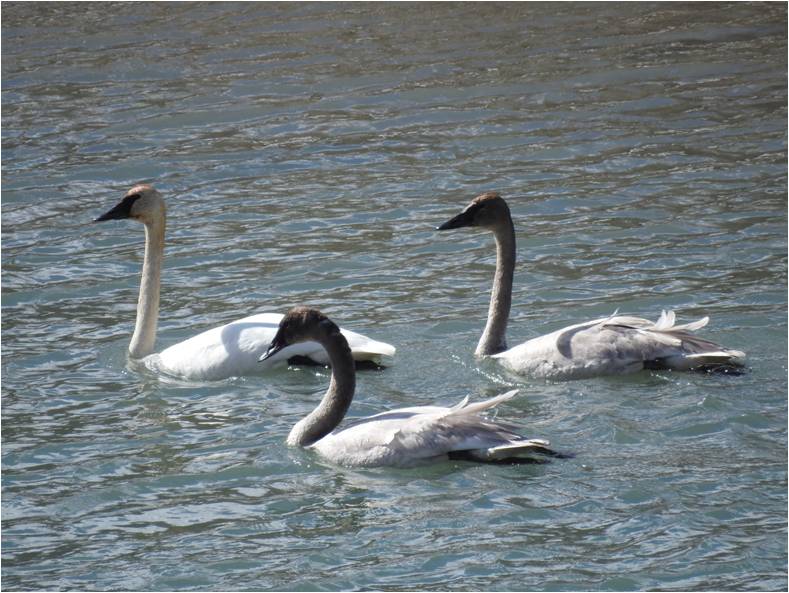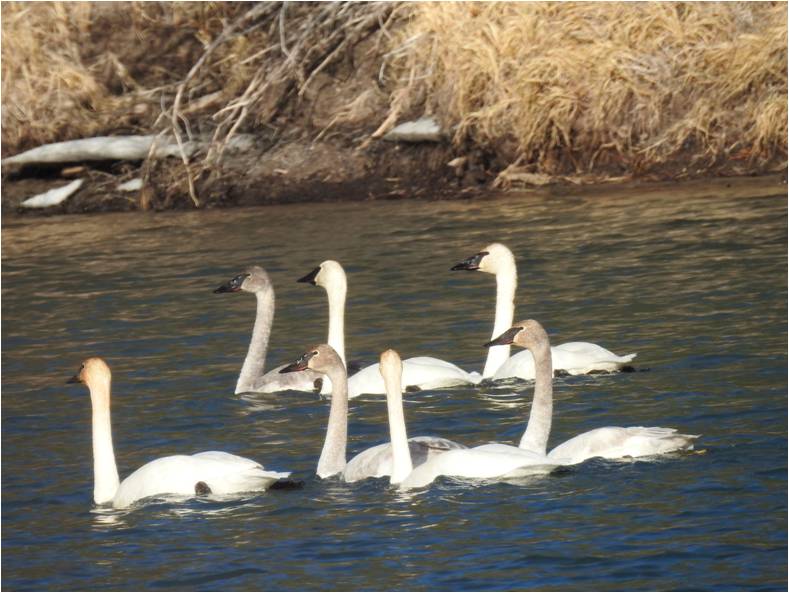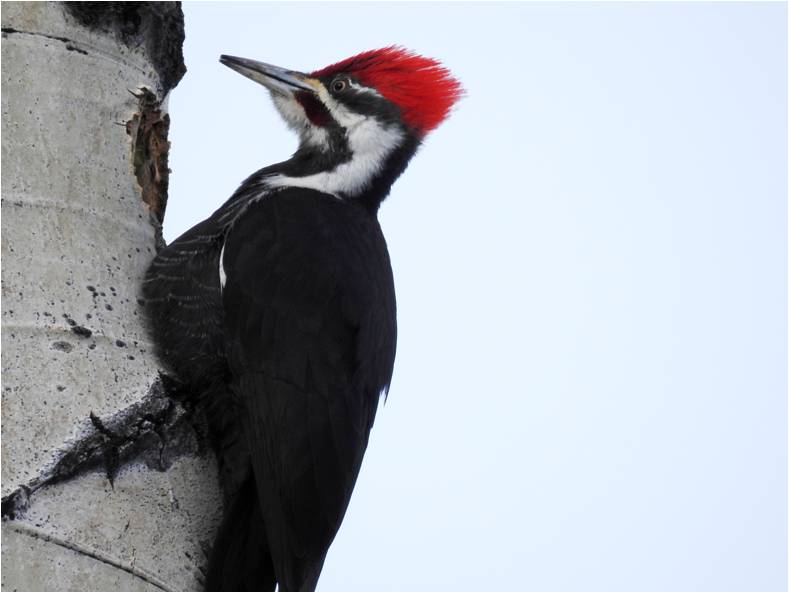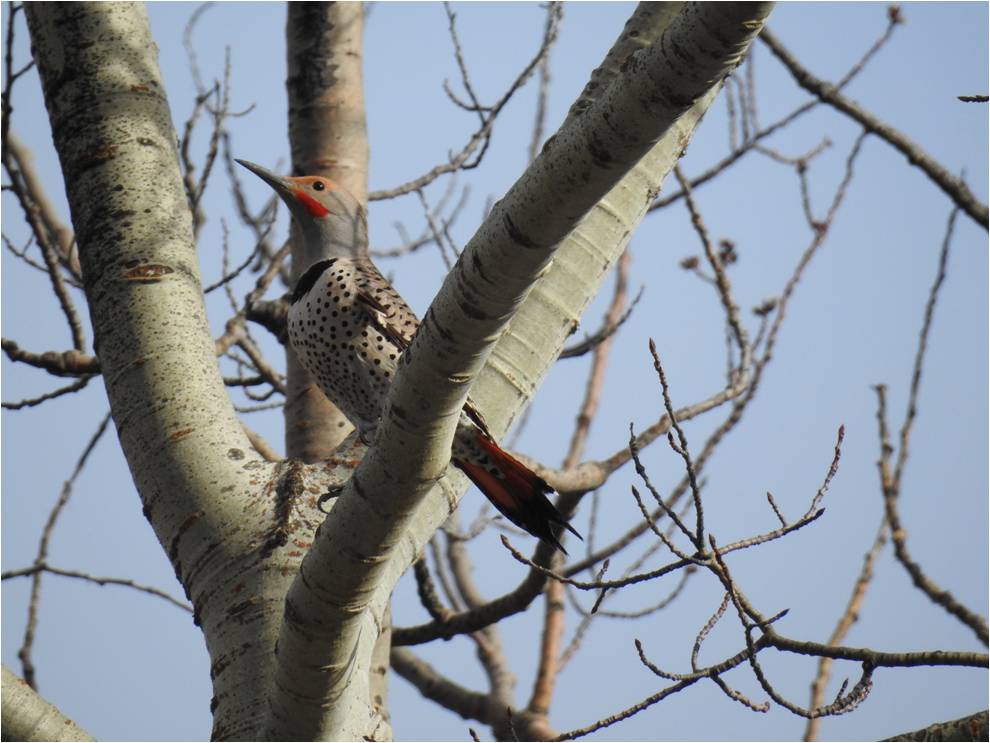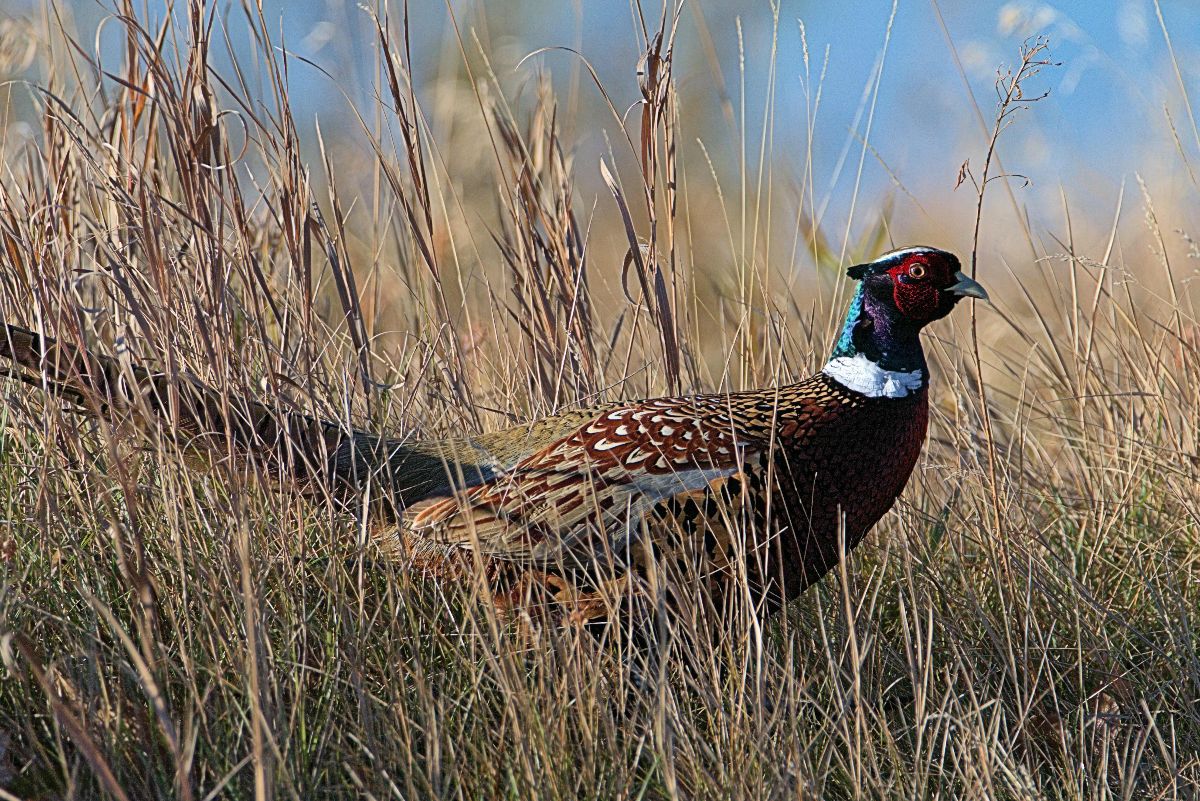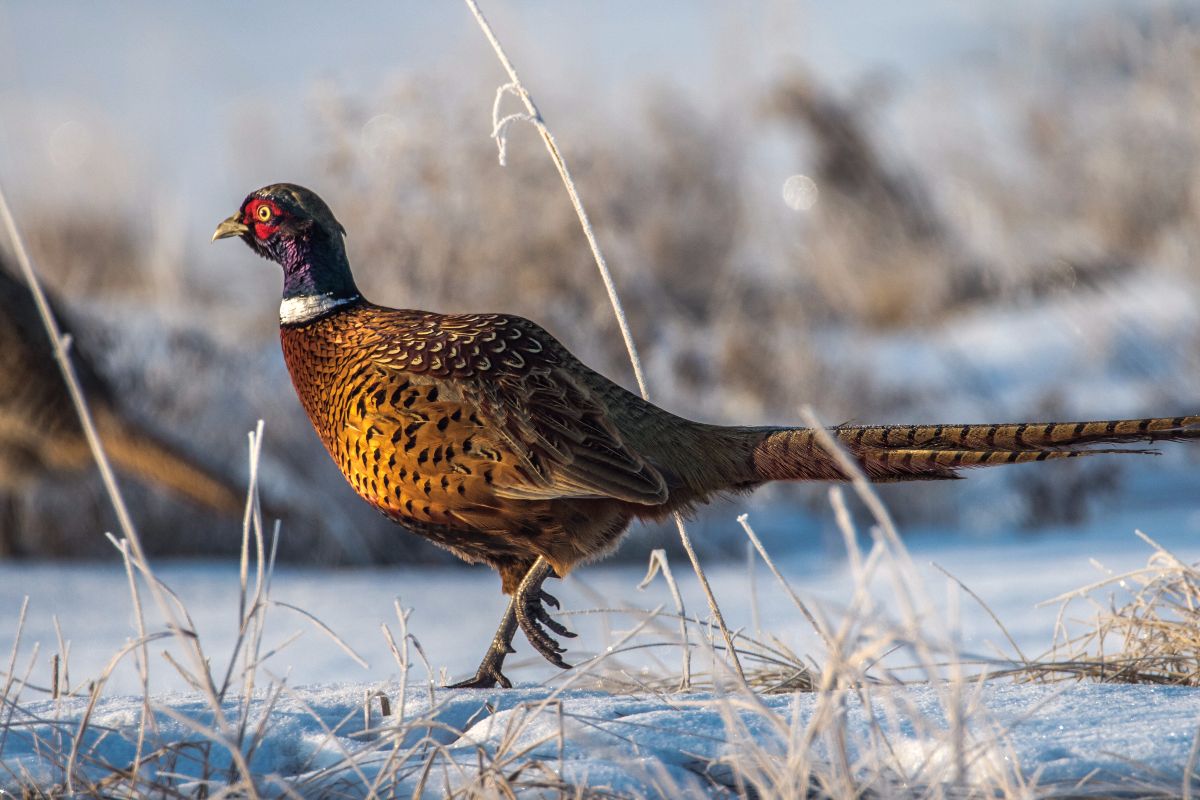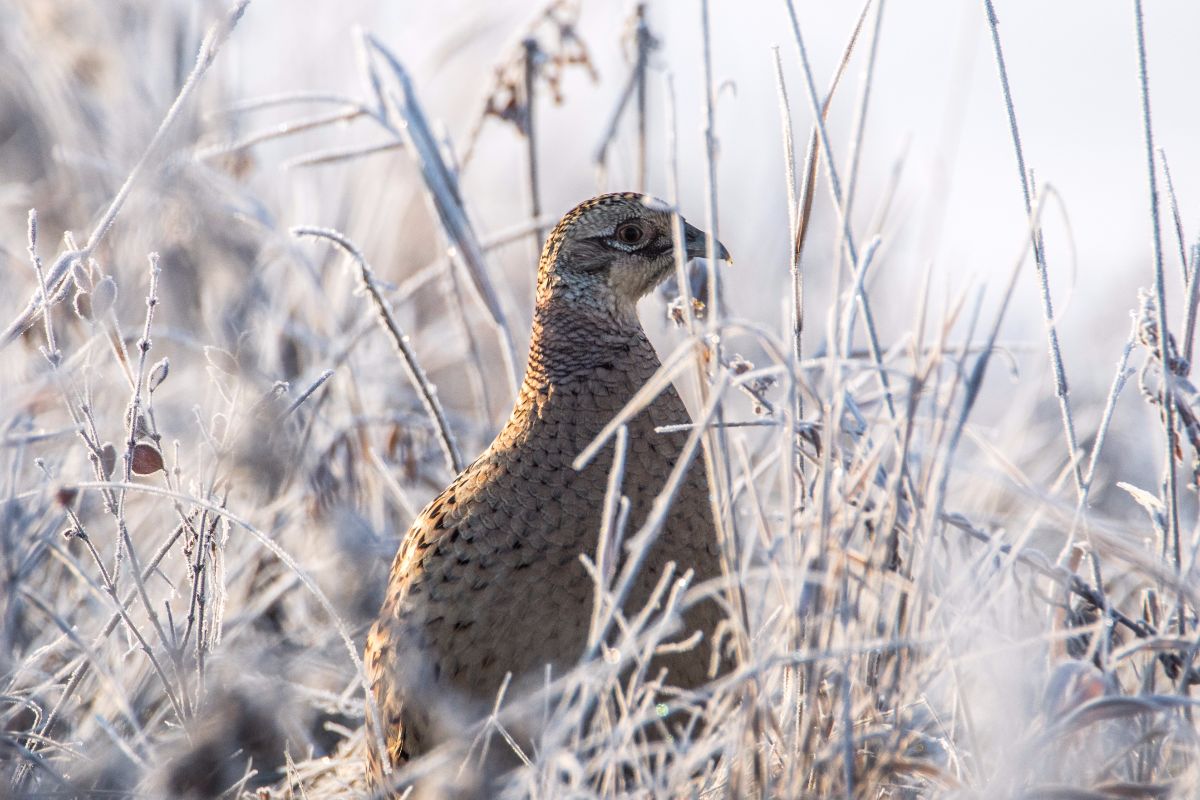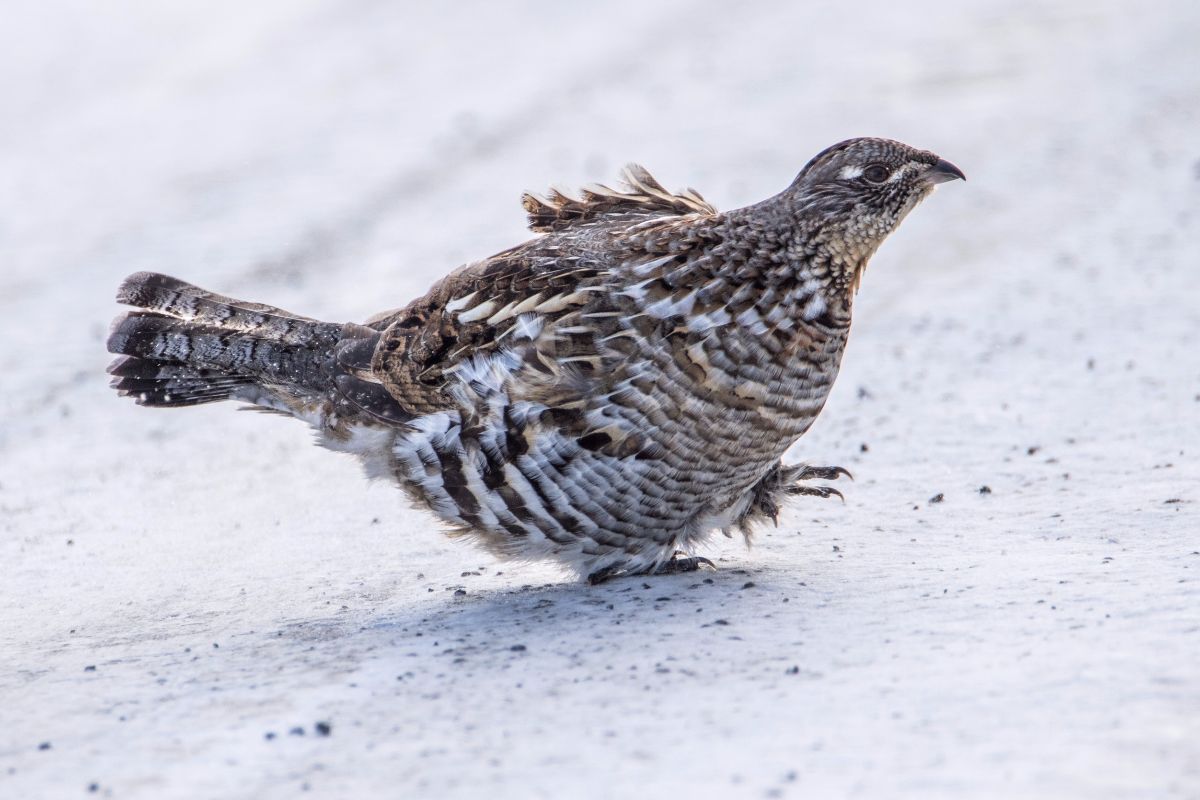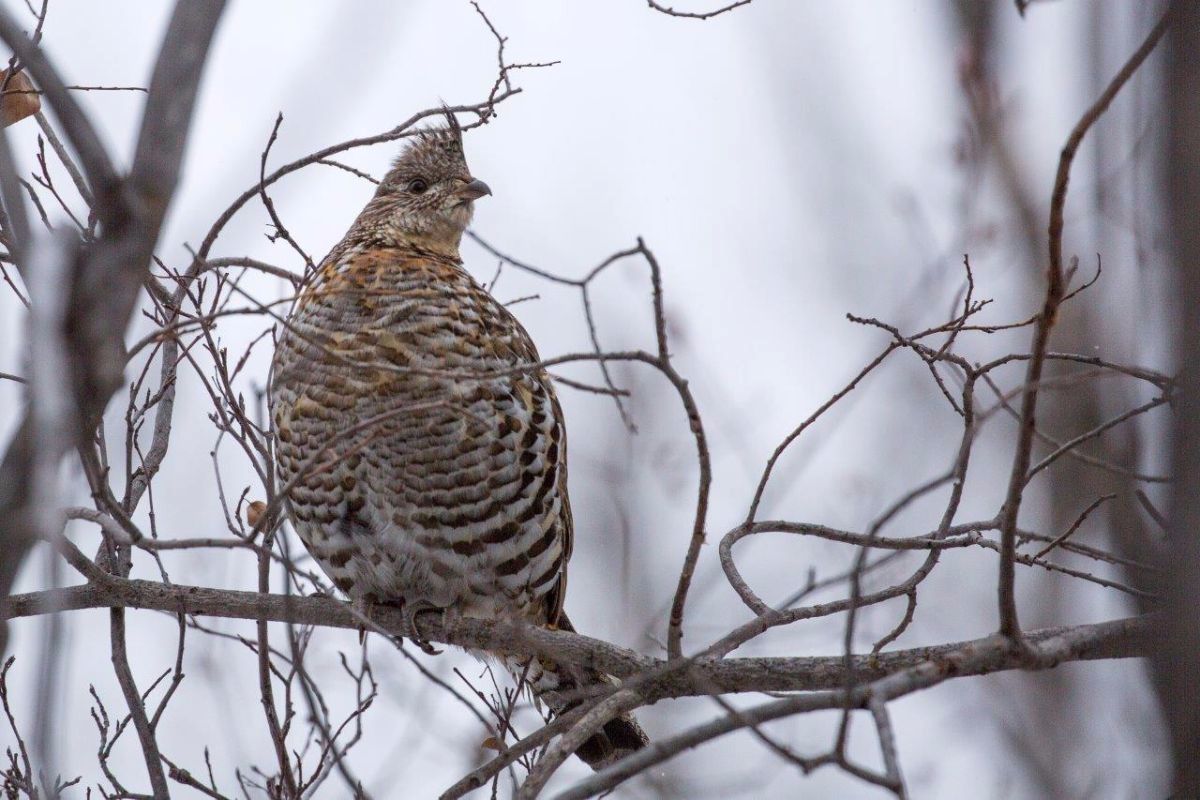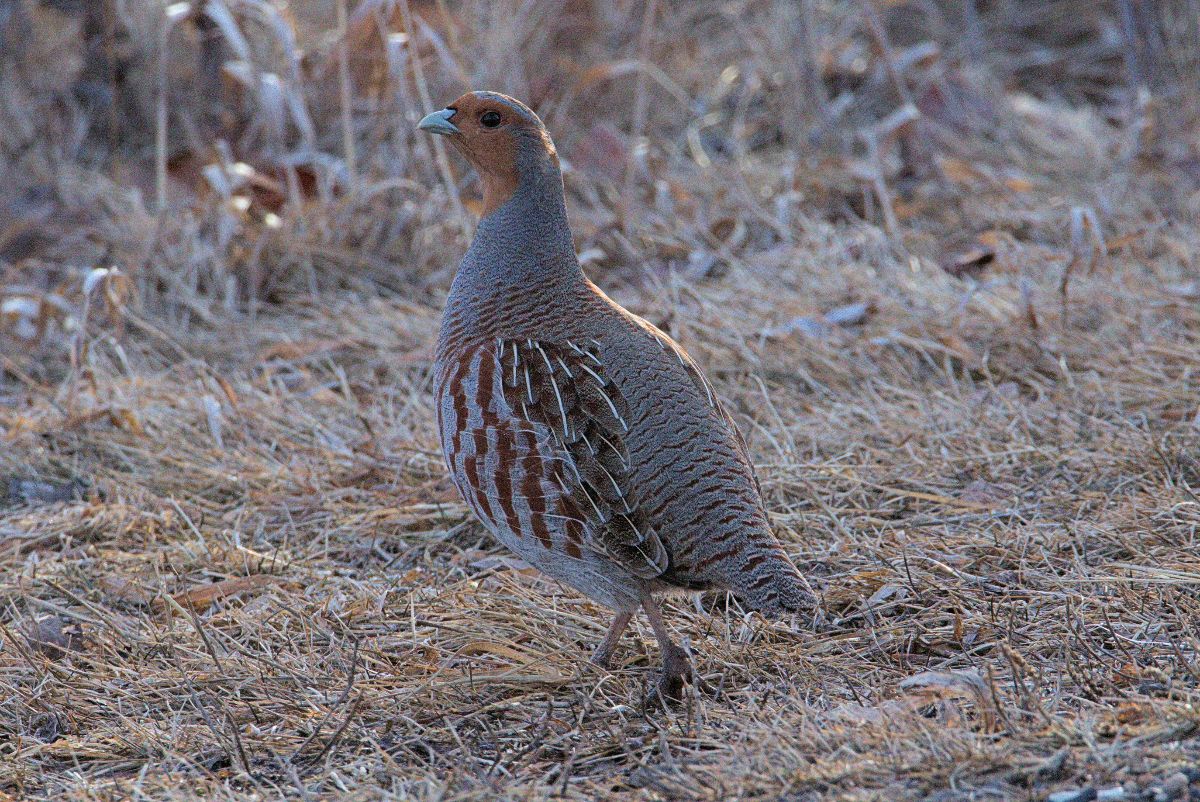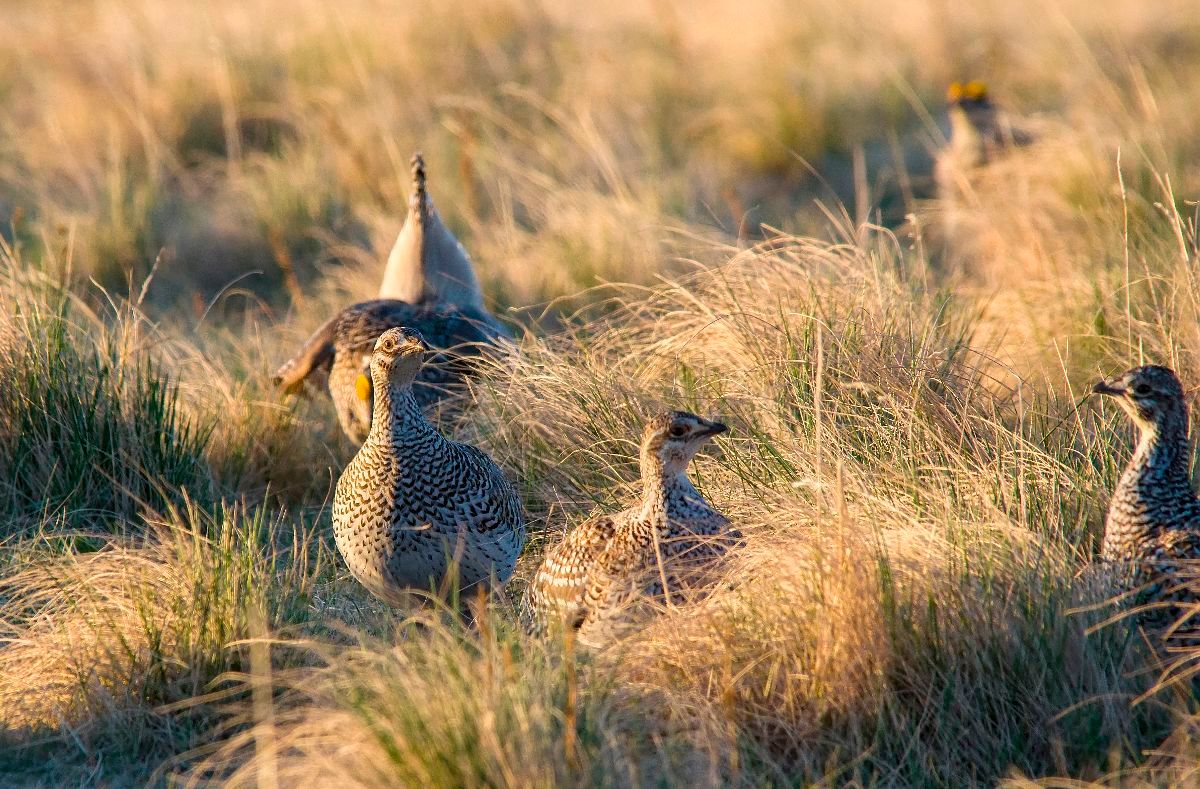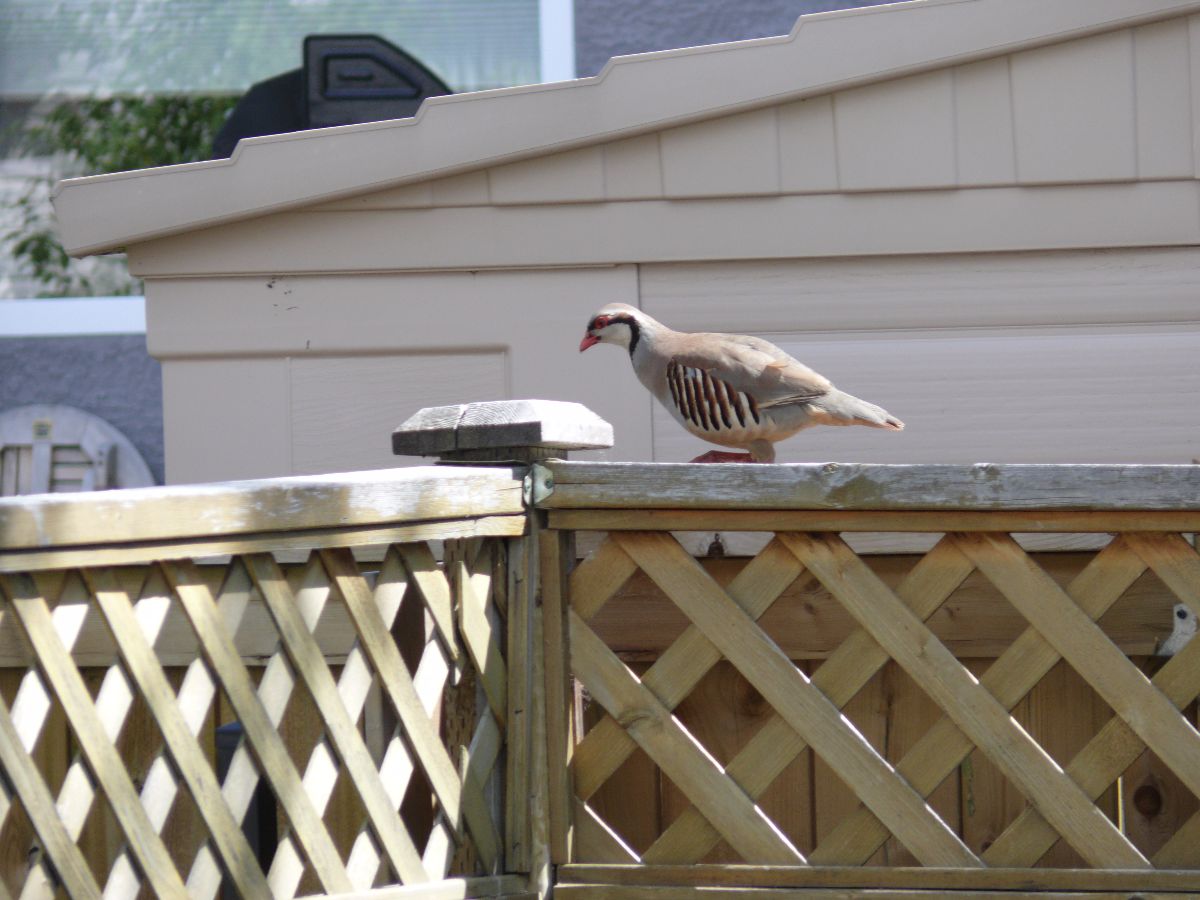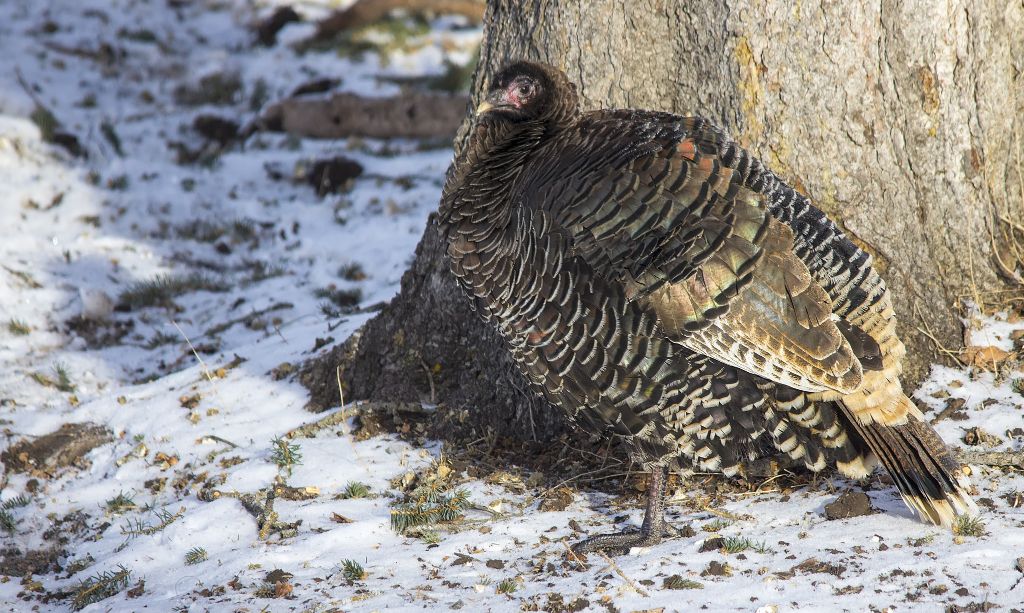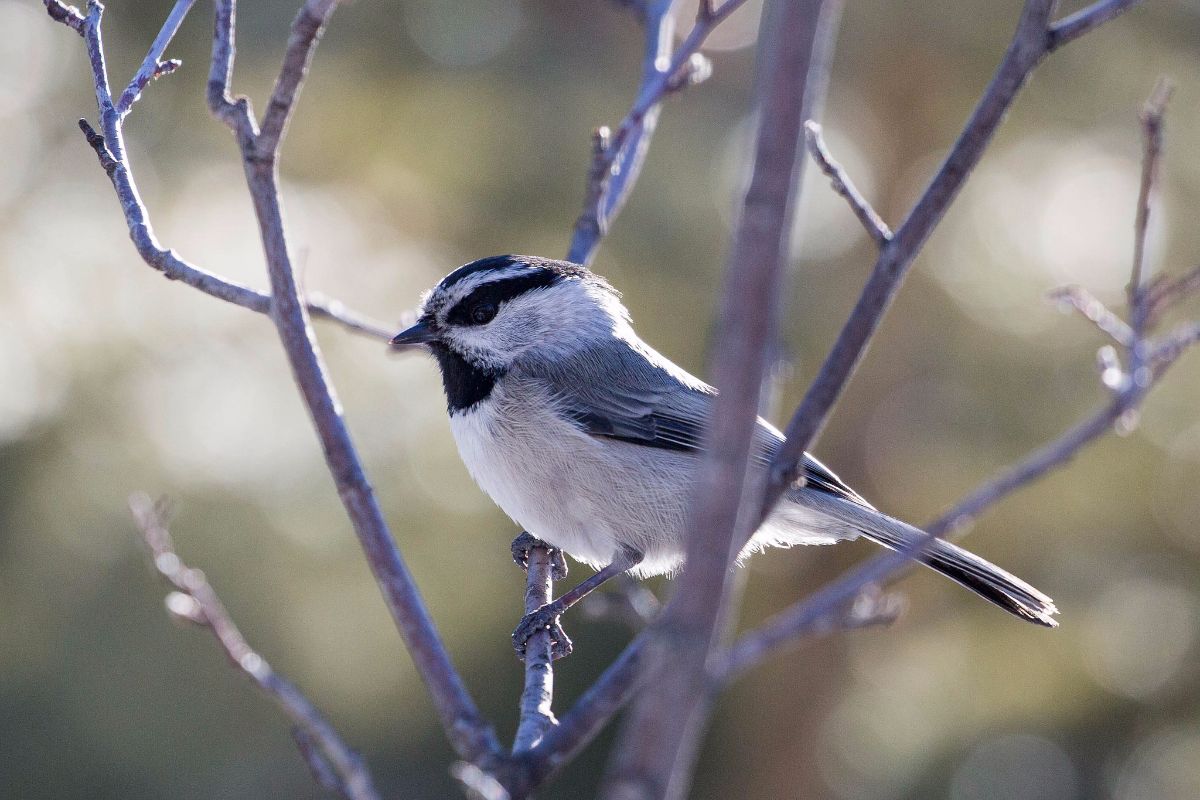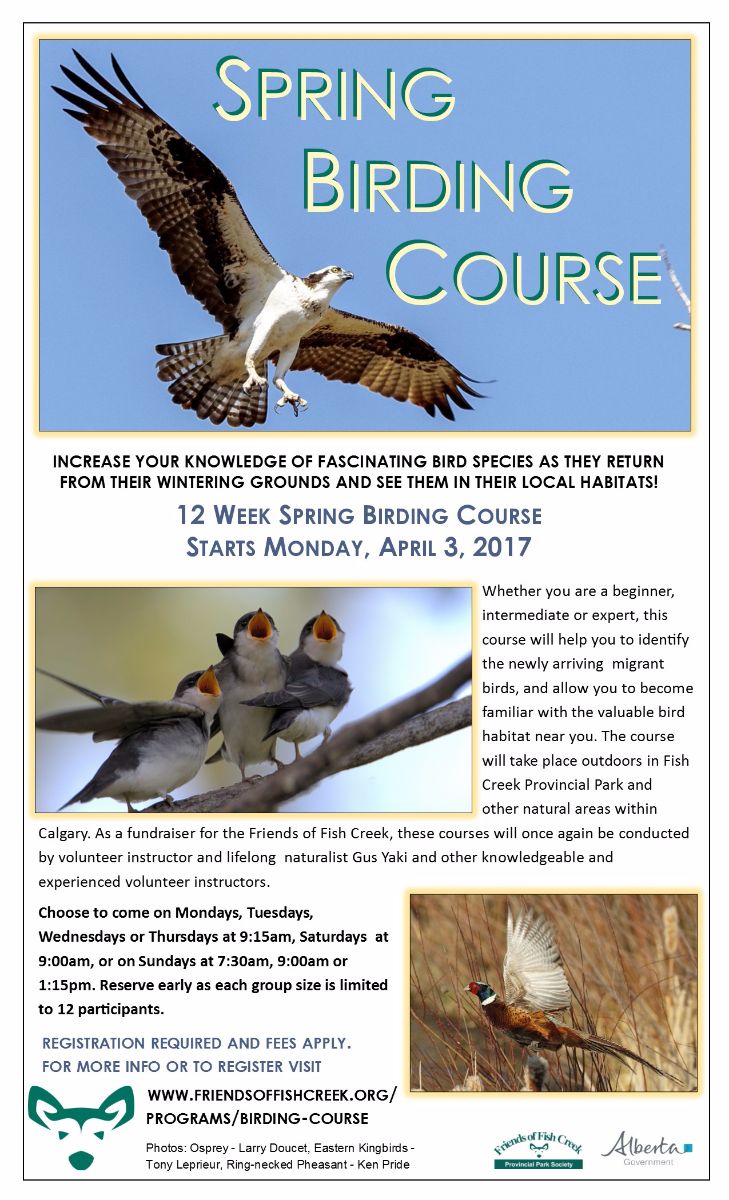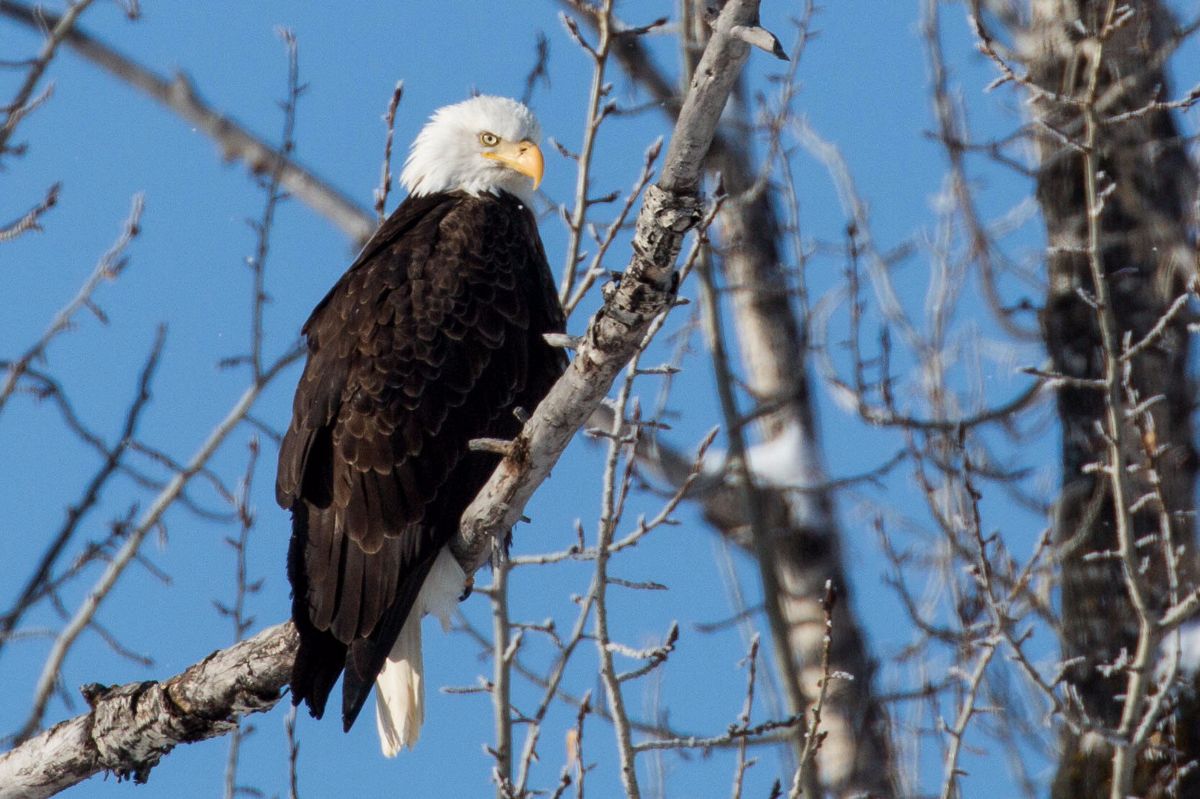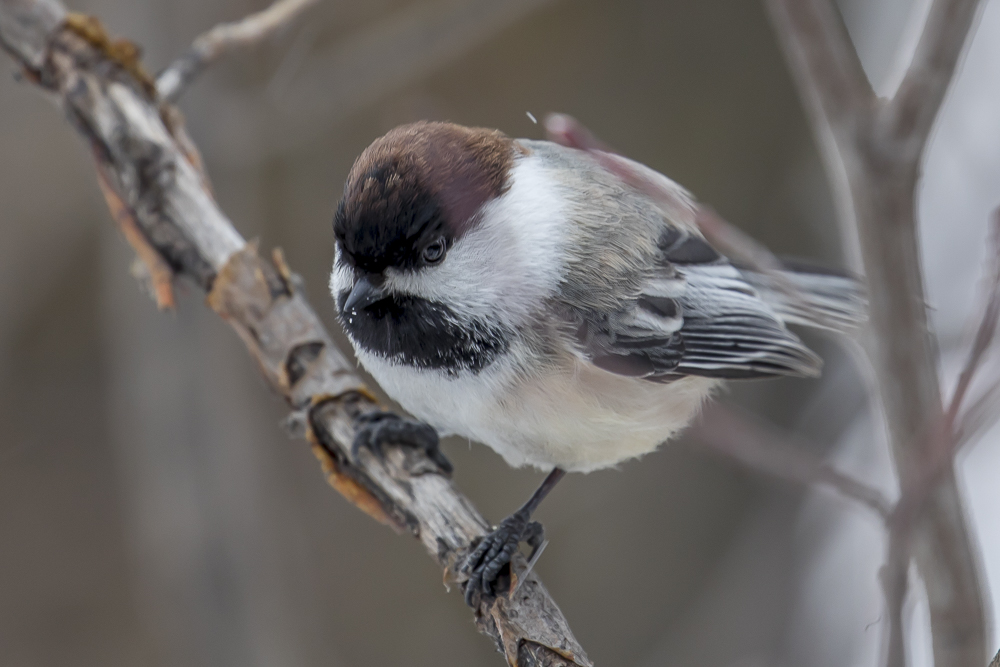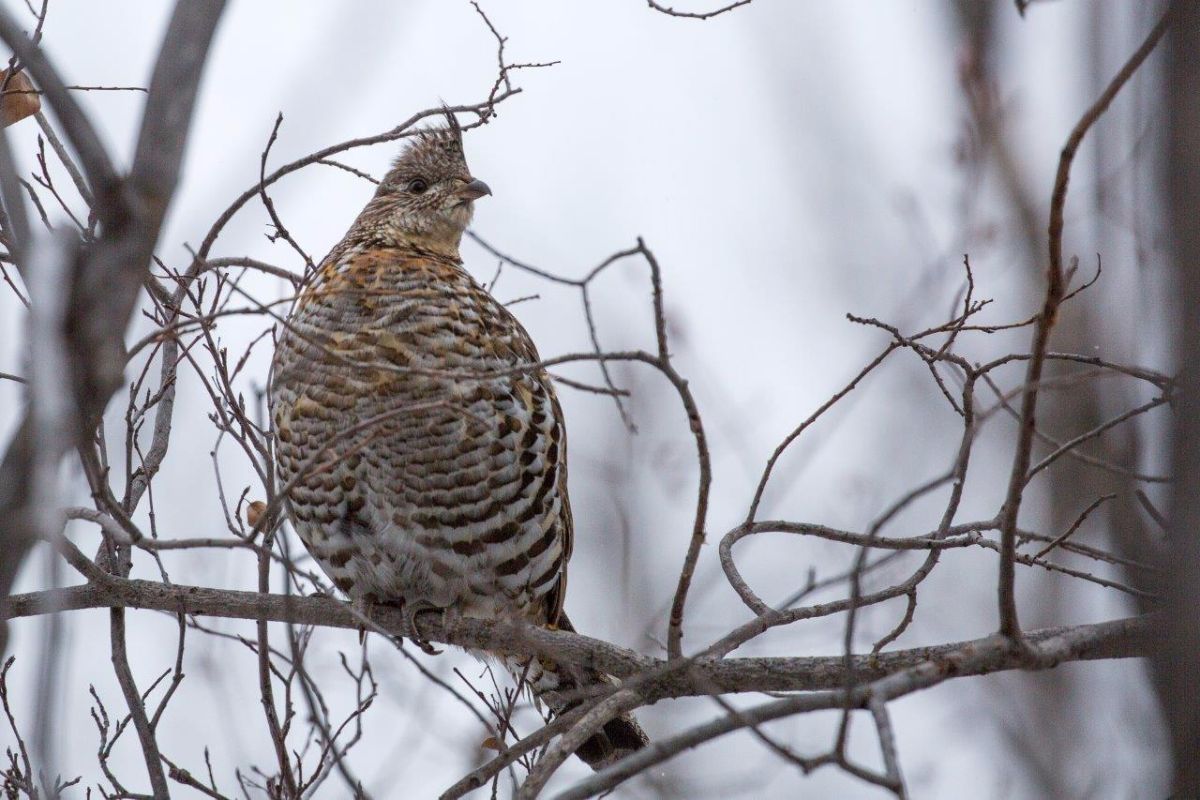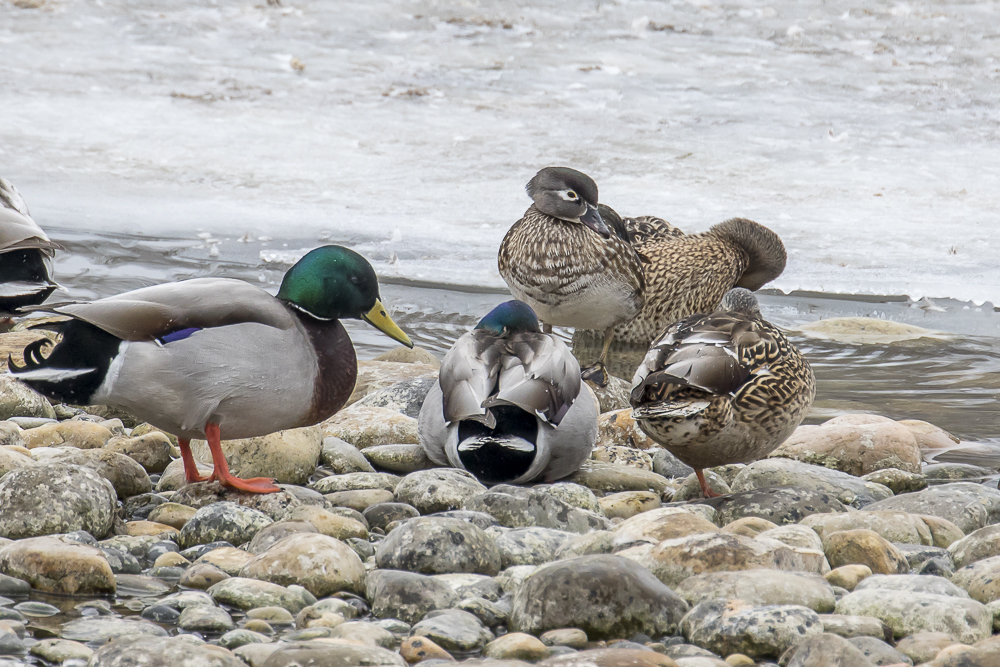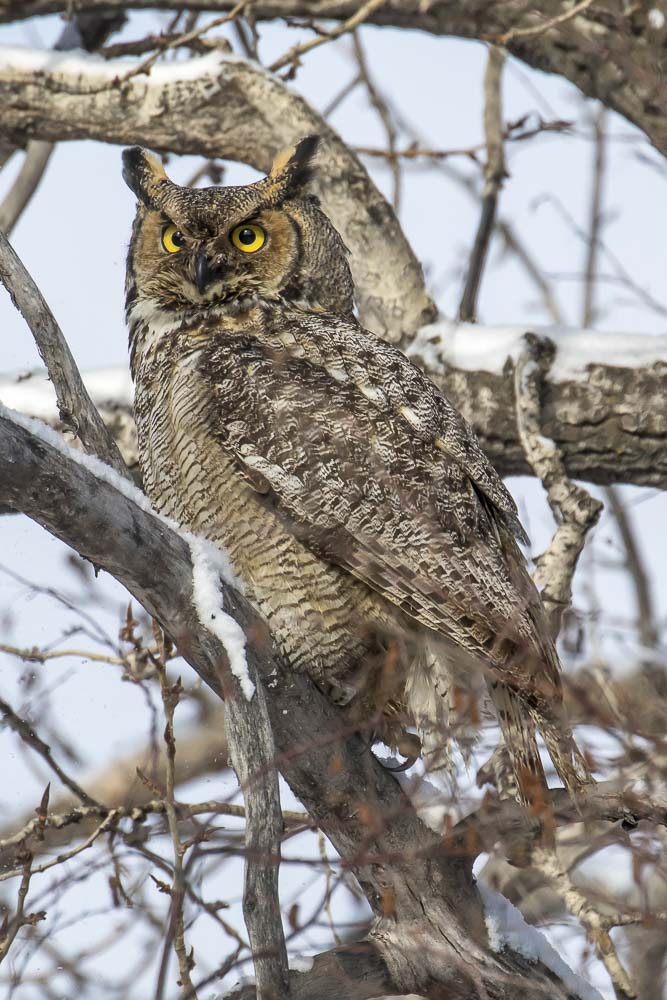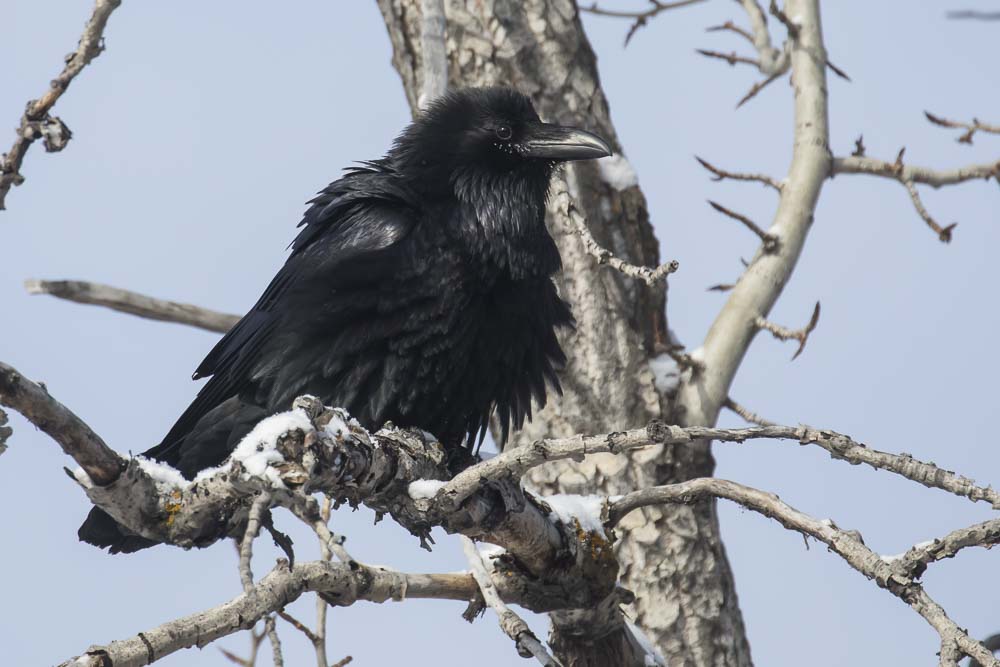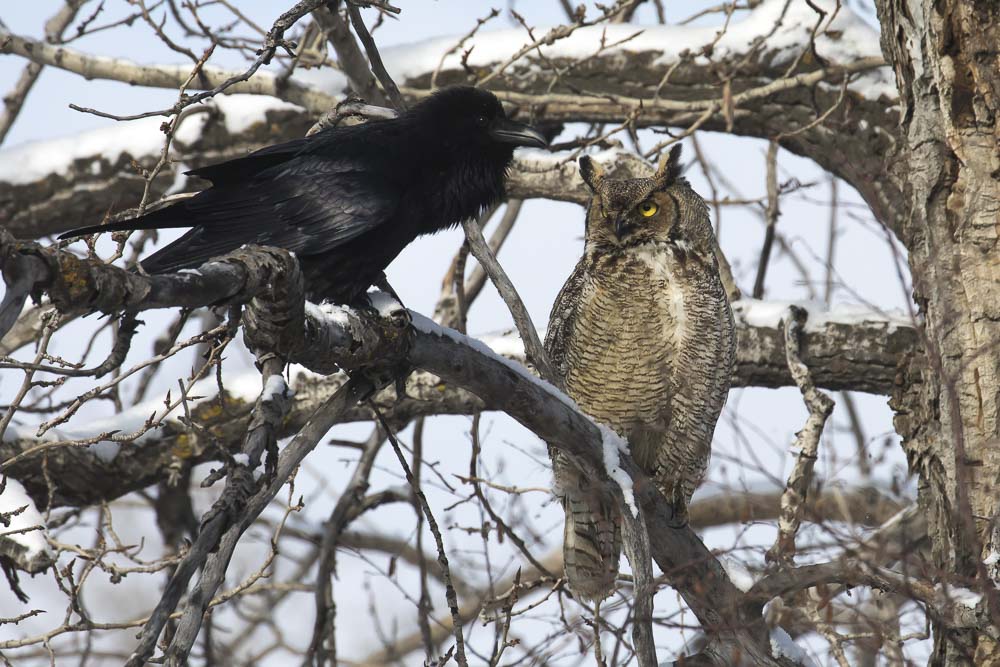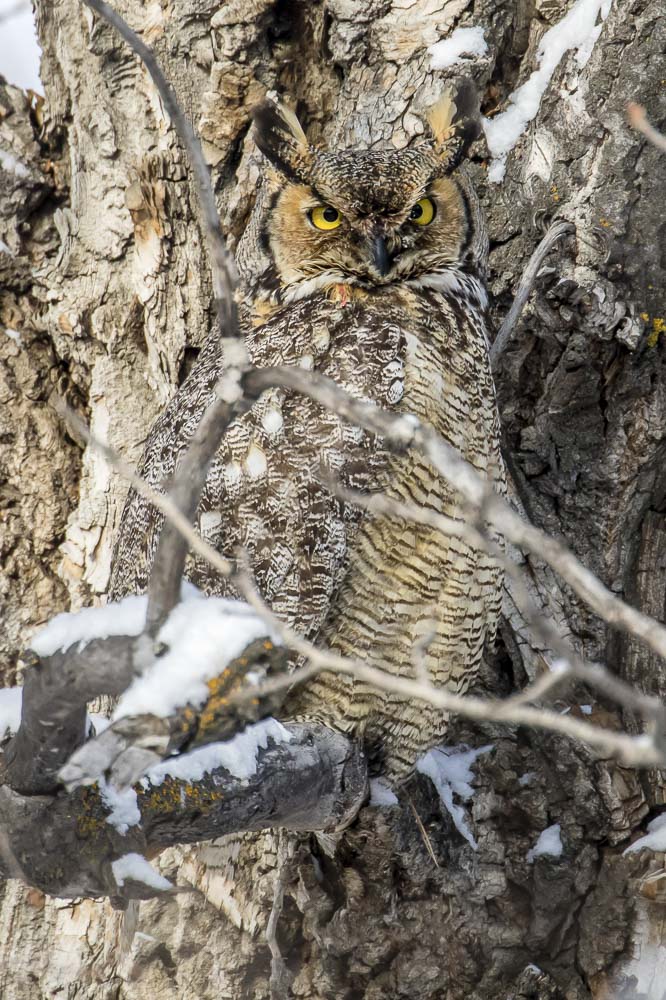Posted by Bob Lefebvre
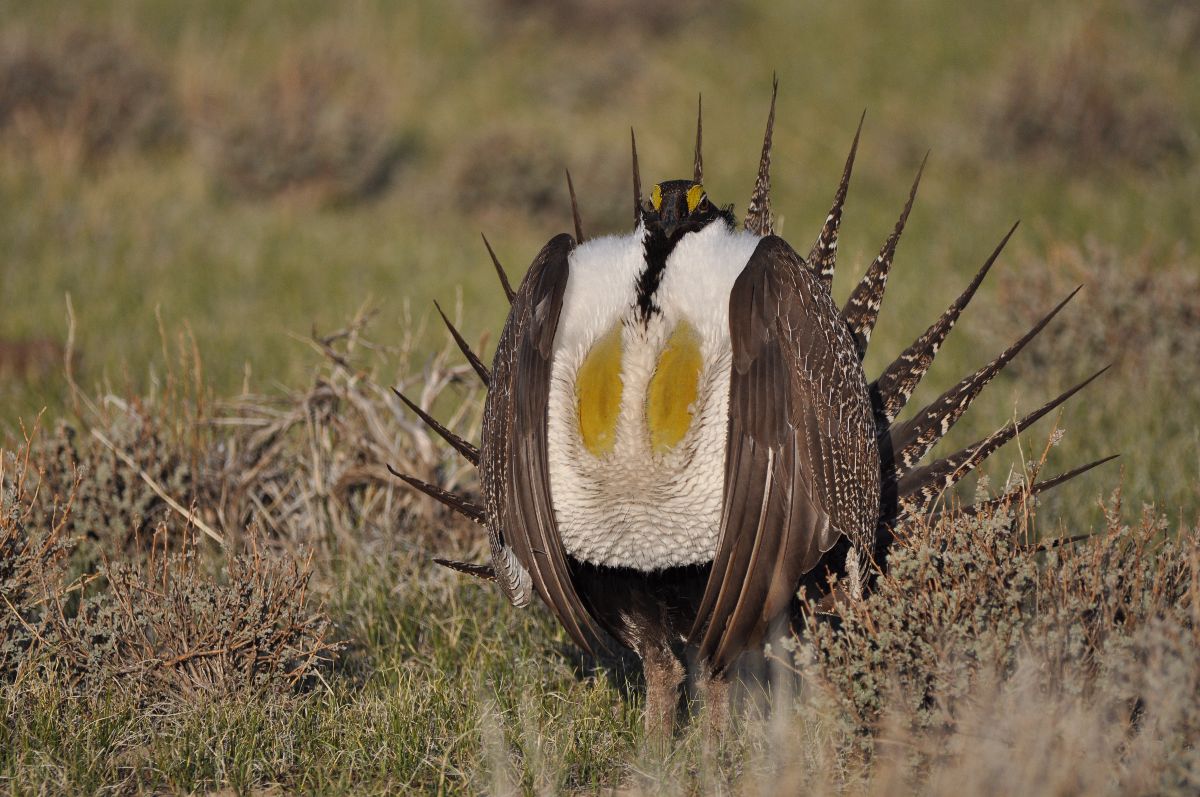
Photo credit: Jeannie Stafford/USFWS. A greater sage-grouse male struts at a lek (dancing or mating ground) near Bridgeport, CA to attract a mate. March 1, 2010. (From Wikimedia Commons.)
The Greater Sage-Grouse is the rarest nesting bird in Alberta. We are at the northern and western limits of their range, so they only occur in the SE corner of the province. Historically, the range was much larger, but the species experienced a 98% decline in population in the 25-year span from 1988 to 2012. By 2012, they were extirpated from British Columbia and left with only remnant populations in Alberta with 40 to 60 adult birds, and in Saskatchewan with only 55 to 80 adult birds. By 2013, they were also extirpated from five U.S. states. (See this Wikipedia entry for more information on range and population numbers.)
Conservation organizations have launched a number of legal actions to try to save the birds in Alberta, and protections are now in place. It is important the birders understand these laws and respect the need for the birds to remain undisturbed, particularly when the grouse are on their mating leks.
Recently Greg Wagner was contacted by a birder friend who had gone to view a lek in SE Alberta. He was approached by a conservation officer who told him that the birding party could be charged under the Alberta Public Lands Act. If they had been there a day later, on April 1, they could also have been charged under the provisions of the Emergency Protection Order which was issued in 2013.
All birders should be aware that under existing laws birders could be charged for being near leks and should be aware of the law before they go to view leks. Under no circumstances should people give the location of leks to others, particularly on social media.
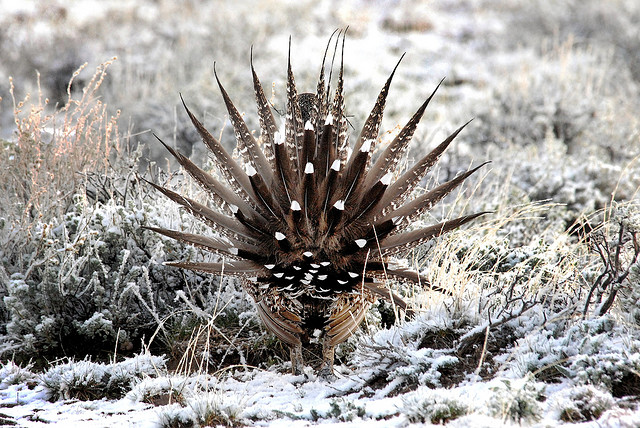
Greater Sage Grouse, male, from rear. By U.S. Fish and Wildlife Service Headquarters – Uploaded by Dolovis, Public Domain. (From Wikimedia Commons.)
Greg Wagner has written the following very interesting and informative account of the Greater Sage-Grouse and the struggle to protect it in Alberta.
______________________________________________
By Greg Wagner.
The following information pertains to laws aimed at protecting Greater Sage-Grouse in southeastern Alberta. People should have a clear understanding of these laws before going to view a lek. Charges could be laid under a variety of statutes.
Throughout their range in western North America, declining Sage-Grouse populations have been associated with increased road densities and traffic volumes. Genetic and population modelling as well as habitat modelling in southeastern Alberta indicate that the significant Sage Grouse population declines over the past two decades are related to increased road densities, traffic volumes and human activity.
Because of population declines in Alberta and Saskatchewan, Ecojustice on behalf of the Alberta Wilderness Association, Federation of Alberta Naturalists, Grassland Naturalists, Nature Saskatchewan and the Western Canadian Wilderness Association filed a lawsuit claiming that the federal Recovery Strategy for Greater Sage-Grouse neglected to identify critical habitat for Sage-Grouse despite having ample scientific evidence to do so. It is important to note that naturalists launched this lawsuit. Further information about the lawsuit can be found here. A host of legal and management actions have occurred since then.
On September 17, 2013 conservation groups welcomed the federal government’s announcement that it intended to introduce an emergency protection order for Canada’s endangered Greater Sage-Grouse, but they also cautioned that the devil will be in the details. The federal government’s announcement did not include specific language around one of the key threats to the Sage-Grouse’s recovery and survival: oil and gas development in its critical habitat.
On September 25, 2013, on-the-ground action priorities were identified for the management of Greater Sage-Grouse including access restrictions.
On December 4, 2013, the federal government published its long-awaited Emergency Protection Order for Greater Sage-Grouse. The order came into effect on February 18, 2014. The goal of the Emergency Order was to “achieve the best protection for the Greater Sage-Grouse, while minimizing impacts on landowners and agricultural producers.” The prohibitions contained in the order only apply to habitat on federal and provincial crown lands in southeastern Alberta and southwestern Saskatchewan. Conservation groups welcomed the long-awaited Emergency Protection Order, but were concerned whether it would provide sufficient protection for the species.. The emergency order can be viewed here. Among other things, the Order contains the following provision “A person must not operate a facility, motor vehicle or machine that produces a noise that exceeds 45 dB(A) at any given time between 1.5 hours before sunset to 1.5 hours after sunrise during the period beginning on April 1 and ending on May 30 of any given year” on identified federal and provincial lands.
In 2003, the Alberta Government clarified the rules for recreational and exploration access on agricultural dispositions issued under the Public Lands Act, including grazing leases and farm development leases. On most provincial public lands in southeastern Alberta, access permits are required to access public lands. More information about public land access can be found here.
There are also sections of the provincial Wildlife Act that pertain to harassment of wildlife. If actions of people are deemed to be detrimental to the birds, these types of charges could be pursued. However, such actions would have to be blatant, but could include a photographer who was harassing birds at close range.
More information about the plight of the Greater Sage-Grouse can be found in the Alberta Status Report, the federal status report, the provincial recovery plan and the federal recovery plan).
___________________________________________
It is also of interest that in 2014, a ten-year captive breeding program for greater sage-grouse was initiated at the Calgary Zoo. In 2016, the zoo opened a new breeding facility for the grouse.
The Greater Sage-Grouse habitat is not too close to Calgary, but local birders should also be aware of similar protections in place for Sharp-tailed Grouse. This species was formerly common in the area, and even had a lek on Nose Hill, which is now within the city limits. Like the Sage-Grouse, Sharp-tails are sensitive to disturbance, and their numbers have been in decline in recent years and their range has been reduced. They are seldom seen near the city any more, but there are leks within a 90-minute drive of Calgary.
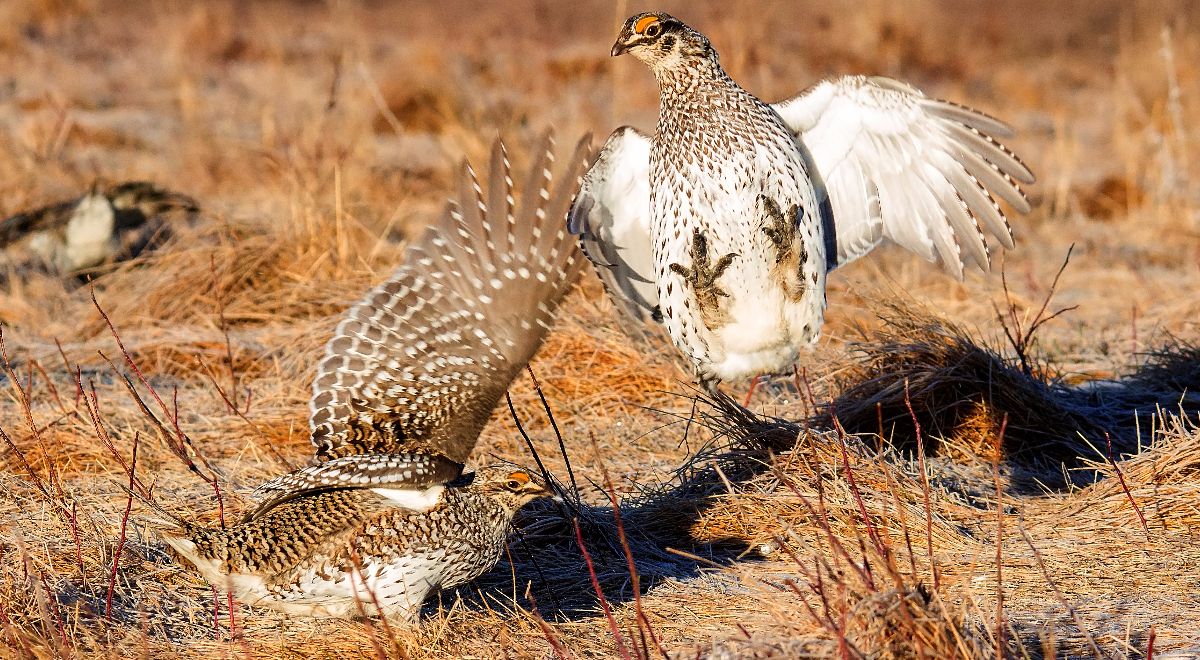
Sharp-tailed Grouse on a Lek, SW of Calgary, March 31, 2017. Photo by Dan Arndt.
According to the law, you must stay at least one-half kilometer away from an active Sharp-tail lek. The only way to see one up close is to be hidden in a blind before the birds arrive in the morning, and stay hidden until after they depart the lek. If they are disturbed on the lek, they may abandon it, and this could impact their breeding success.
Finally, a reminder that nesting season is underway in Calgary (Great Horned Owl chicks have already hatched), so be aware that it is illegal to disturb most nesting birds. Do not share the location of nests of sensitive species such as owls.
Chris Fisher has prepared the following notice regarding nests and regulations:
Click to access Nesting-Birds-Regulations.pdf
By all means get out and go birding, but respect the birds and the law!
